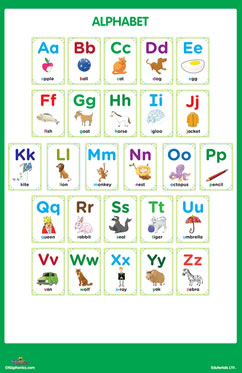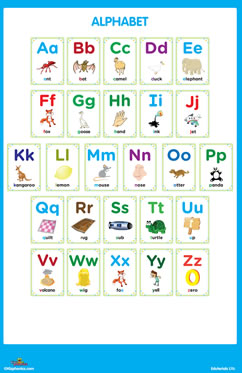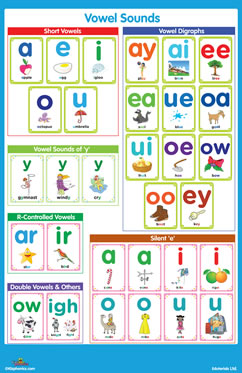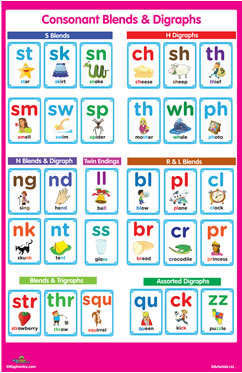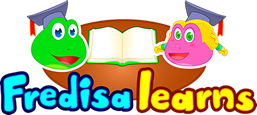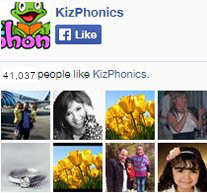Phonics Charts to Teach Phonemes & Alphabet
Phonics charts are essential tool for teaching phonemes. You should stick them on walls to create a learning environment that keeps children reminded of the letters and sounds.
Phonics Alphabet Chart 1
Phonics Alphabet Chart 2
Vowel Chart
Consonant Blends & Digraphs
Phonics charts are essential tool for teaching phonemes. You should stick them on walls to create a learning environment that keeps children reminded of the letters and sounds. That way, they combine visual learning with auditory learning for maximum effect. KizPhonics offers these high quality phonics charts and phonics wallpapers which can be printed in any size without loss of quality for use in classrooms or learning environments.
Free Printable Phonics Charts
If you are looking for printable phonics charts, you have come to the right place. There are many sites that offer a variety of phonics charts to download and print. Some are limited while others are more extensive. Kiz Phonics offers high quality, print-ready phonics charts to adorn the walls of your phonics classrooms. Phonics charts are great tools for your classroom. You can use them in phonics centers, or as anchor charts or writing practice for students. They can also be used at home and hung on your child's bedroom walls.
These phonics charts are great for introducing the sounds of a syllable in a systematic manner. They also help raise phonemic and print awareness by keeping letter sound combinations always within view. You can use phonics charts with both vowel and consonant sounds, as well as special vowels. We offer all on Kiz Phonics!
Our charts are also a great reference resource for helping children spell and read new words. We offer charts that also help kids identify the difference between the r-controlled and uncontrolled syllables. By constantly viewing the charts, you strengthen a child's memory of particular letter sound combinations. Also, because our charts include familiar words, children can easily see where a sound fits with a familiar word. That way they not only learn to read, but spell words and build vocabulary.
Since most of us are visual learners, phonics charts are an excellent way to help kids associate letters with sounds and remember them.
The Comprehensive Guide to Phonics Charts
The world of phonics education is vast and filled with tools and materials designed to aid young learners in mastering the art of reading and pronunciation. Among the most effective of these tools is the phonics chart. Whether you're a teacher introducing young minds to the magic of language, or a parent looking to support your child's journey into the world of reading, understanding the phonics chart and its various facets can be of immense help.
What is a Phonics Chart?
A phonics chart, often also referred to as a phonics alphabet chart, is a visual tool that displays the relationship between letters and the sounds they represent. It serves as a reference guide, helping children recognize and remember the various phonemes (distinct units of sound) associated with each letter or group of letters.
How is a Phonics Chart Different from Phonetic Charts?
It's essential to understand that while both the phonics chart and phonetic charts revolve around the domain of sounds, they serve slightly different purposes. A phonics alphabet chart primarily aids in teaching reading. It focuses on the sounds associated with letters in the context of a specific language, like English.
On the other hand, phonetic charts, often used in linguistic studies, are broader. They encompass a range of sounds found in various languages, often using symbols from the International Phonetic Alphabet (IPA) to represent these sounds. In essence, while both charts deal with sounds, a phonics chart is more language-specific and education-centered.
Why Use a Phonics Chart with Sounds?
The key advantage of using a phonics chart "with sounds" is the auditory element it brings into the learning process. For a young learner, merely seeing a letter or a group of letters might not convey much. But when that visual cue is paired with an auditory one – the actual sound – the combination can be powerful.
Hearing the sound while seeing its corresponding letter(s) reinforces the association in the child's mind. It caters to different learning styles, ensuring that both visual and auditory learners can benefit.
How to Effectively Use a Phonics Chart in Education?
- Introduce Gradually: Start with individual letters, especially vowels, as they form the core of many words. Gradually, introduce blends and digraphs.
- Interactive Sessions: Encourage children to touch or point to a letter or blend on the chart as they pronounce the sound. This multisensory approach can enhance retention.
- Regular Revision: Revisiting the chart regularly can reinforce the letter-sound associations.
- Incorporate in Daily Reading: When reading with a child, keep the chart accessible. If they stumble upon a sound, the chart can act as a quick reference.
- Use Digital Resources: Websites like Kizphonics offer interactive phonics charts that can make the learning process engaging and dynamic.
FAQs: All About Phonics Charts
- Are there different types of phonics charts?
Yes, there are various phonics charts catering to different levels of learners. While some focus on basic letter-sound correspondence, others delve into blends, digraphs, and diphthongs. - How early should a child be introduced to a phonics chart?
While it largely depends on individual readiness, many educators introduce phonics charts as early as preschool when basic letter recognition begins. - Are printable phonics charts as effective?
Yes, charts like those found on Kizphonics, can engage kids. Print and stick to the walls of your classrooms. - Do all languages have phonics charts?
Phonics charts are primarily used for languages with alphabetic writing systems, like English. The structure and content of the chart will vary based on the language's phonetic system. - Is it possible for a child to learn reading without a phonics chart?
While it's possible, phonics charts offer a structured and visual way to understand letter-sound relationships, making the reading journey smoother for many children.
In conclusion, a phonics chart is a cornerstone tool in the realm of phonics education. It simplifies the complex world of sounds, providing children with a clear roadmap as they embark on their reading adventure. Whether you opt for a traditional chart or leverage digital platforms like Kizphonics, the focus remains the same – empowering young minds to decode the magic of language.

